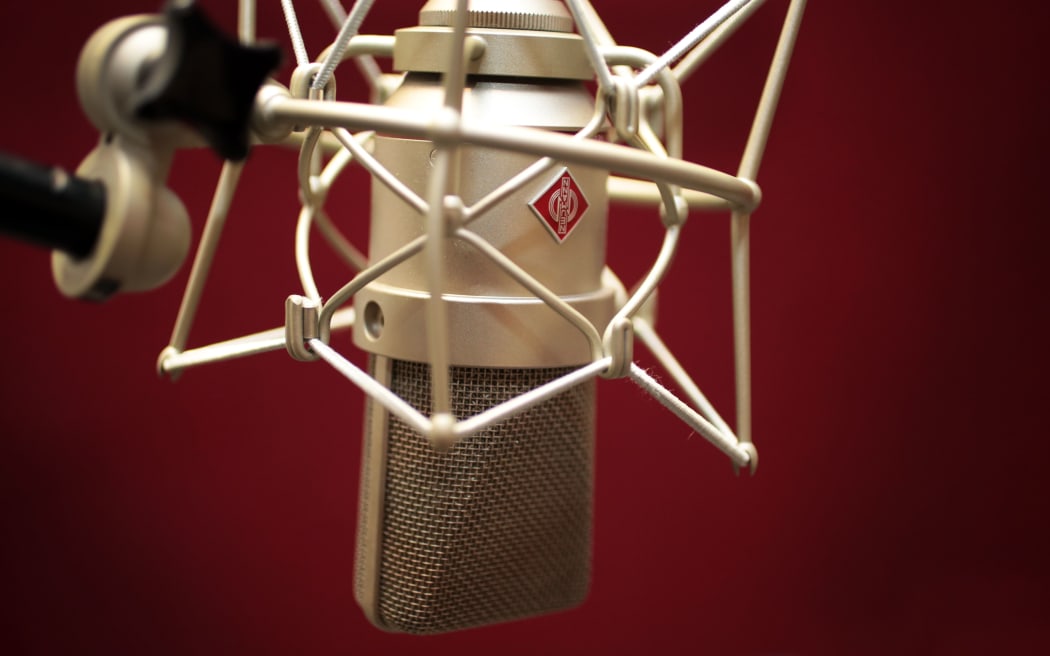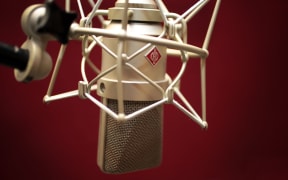This week is Māori Language Week: a good time to look at how RNZ treats the pronunciation of Te Reo Māori.

Photo: RNZ / Diego Opatowski
It is our policy that Māori, as one of New Zealand's official languages, is pronounced correctly. I don't pretend we always get it right, but we certainly try. All our on-air staff have the opportunity to learn how to pronounce Te Reo properly, and it's made clear that it is a requirement for anyone on air.
The Māori language was transcribed in the early- to mid-eighteenth century, using the phonetic symbols of the day. So the pronunciation is not difficult.
Not being sure of where there might be a macron lengthening a vowel can be one of the stumbling blocks for the beginner.
As I wrote in a post about RNZ's pronunciation of Wanganui/Whanganui a few months ago, it has long been RNZ's practice has been to treat "wh", not as "f", but closer to the sound denoted by the spelling adopted by the early nineteenth century missionaries and others, reflecting a similarity to the now-archaic aspirated "w" in "which", "why" and "where" - although, perhaps in a slightly more "fricative" way, better described as "fh".
The list that follows includes a selection of Māori placenames that sometimes present difficulties for speakers and broadcasters.
The sections in capital letters represent the sounds that are lengthened through a macron or a compound vowel - diphthong. In saying these names, the syllables should be merged smoothly.
Note, it is a rough guide only. Linguists will find sufficient pronunciation detail in the spelling of the names themselves.
Note, too that "ng"is the "n" sound, as said at the end of "sing" - there is no "g" sound in Māori.



